The Uffizi Galleries have acquired a rare 16th-century view of Florence, tracked down by an antiquarian in California: it is a print that shows what Florence looked like in the Renaissance, and it is one of the oldest that has come down to us. The engraving, made on three sheets of paper (a total of three feet wide and thirty-six inches high), dates from 1557, and is printed using the etching technique by burin engraving, based on a design by the brothers Lucas and Jan van Doetecum. The work was executed in the print shop of Hieronymus Cock (Antwerp, 1518 - 1570) in Antwerp and published in Paris in 1601 by Paul van der Houve. Only one other specimen of this print, obtained from the original matrix, exists in the world: formerly owned by Leo Olschki and displayed in an exhibition at the Academy Gallery in 1935, it is now preserved in Stockholm at the Kungliga Biblioteket, the national library of Sweden.
The print stands out because it is very detailed: it shows a Florence surrounded by ancient walls (torn down as part of architect Giuseppe Poggi’s urban planning project for Florence as the capital of Italy in 1865) and fields. Within the circle of walls one can distinctly recognize many of the main monuments, including the Cathedral of Santa Maria del Fiore, Giotto’s bell tower, Palazzo Vecchio, Palazzo Pitti, the basilica of Santa Maria Novella, that of Santa Croce, and the Fortezza da Basso. Obviously missing are the Uffizi, which Grand Duke Cosimo I had not yet commissioned from Giorgio Vasari (he would have begun building them in 1560): in the portion of space next to Palazzo Vecchio, the structure of the ancient church of San Pier Scheraggio is still visible, later incorporated into the large complex the ruler wanted for the offices of the Florentine magistracies (today, what remains of the ancient church is one of the Uffizi’s conference rooms).
Some of the buildings depicted, moreover, do not yet have the appearance with which they are known and appreciated today: the Duomo, for example, still has its ancient unfinished facade (the current one would have been added in the late nineteenth century), and so does Santa Croce (also now with a nineteenth-century facade). Palazzo Pitti, recently acquired by the Medici, has a prominent place in the engraving and seems to dominate the entire Oltrarno area. It does not yet have the majestic lateral rondos (both built centuries later), and behind the palace the Boboli Gardens is depicted as little more than a huge expanse of lawns, resting on the hillside: the works that would transform it into one of the most sumptuous and successful examples of the Italian garden, a model in Europe in the seventeenth and eighteenth centuries, were still to come.
The print features, along the lower border, the inscription FLORENTIA between two putti holding respectively the Medici coat of arms on the left and the Florentine lily on the right. In the lower right corner a long inscription extols the qualities of Florence and its illustrious citizens, starting with the house of Medici and then recalling Dante, Poliziano, Petrarca, Boccaccio, and Michelangelo. The work constitutes the second oldest view of Florence after the one known as “della Catena,” attributed to Francesco Rosselli (Florence, 1448 - 1513), and will be included in the collection of the Uffizi Drawings and Prints Cabinet.
“The Galleries are delighted to have succeeded in acquiring this very rare print, which combines technical-cartographic and artistic expertise,” said Uffizi Director Eike Schmidt. “A meticulous and highly refined work that is, at the same time, a document of great sentimental value as well: in fact, it shows us, in all its splendor, the appearance of medieval and Renaissance Florence, with the hovels and vegetable gardens outside the walls, the towers, a few bridges over the Arno, the splendid palaces, monuments and domes that are so dear to us. Soon thereafter, the city would see the birth of another fundamental urban hub, one of its most famous architectural complexes: the Uffizi.”
“Compared to the even older view of the Catena, which is fragmentary and known in its completeness only through later copies,” explains Laura Donati, curator of prints and coordinator of the Gabinetto dei Disegni e delle Stampe, “Cock’s version is more refined and elaborate in its execution. The desire to render the city as objectively as possible results in the creation of a realistic and at the same time evocative image of the tangled urban layout still partly medieval that characterizes Renaissance Florence.” Below are some images of the work.
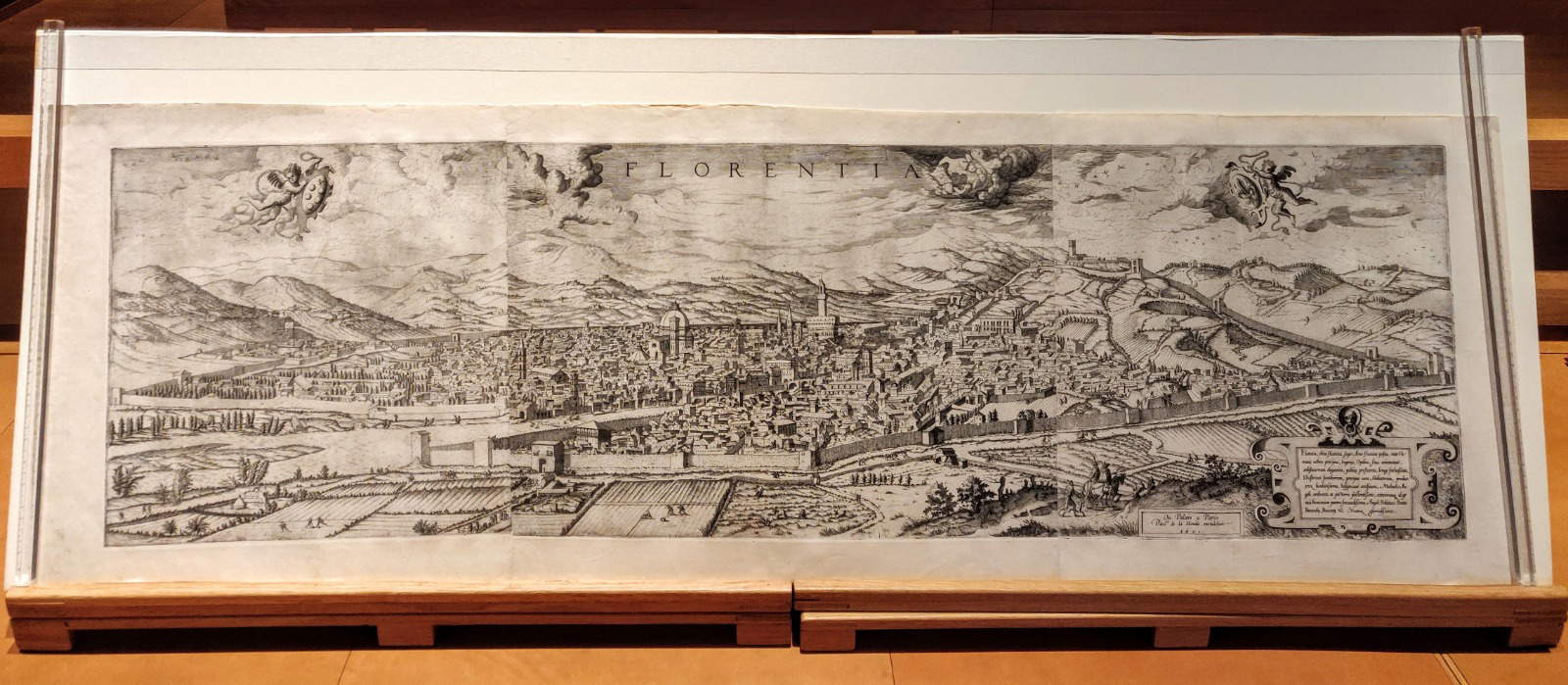 |
| Lucas and Jan van Doetecum’s view of Florence from 1557 |
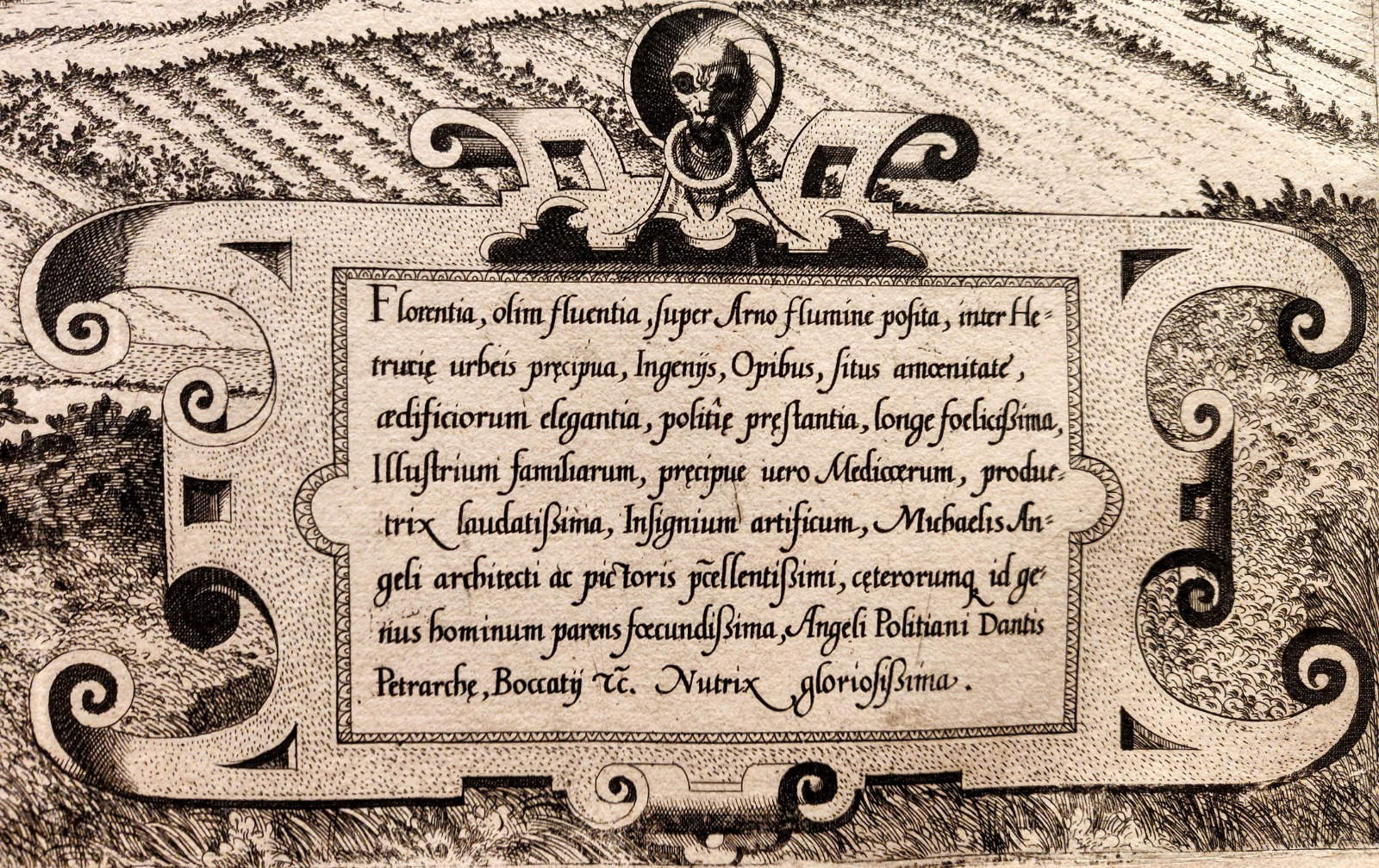 |
| The dedication |
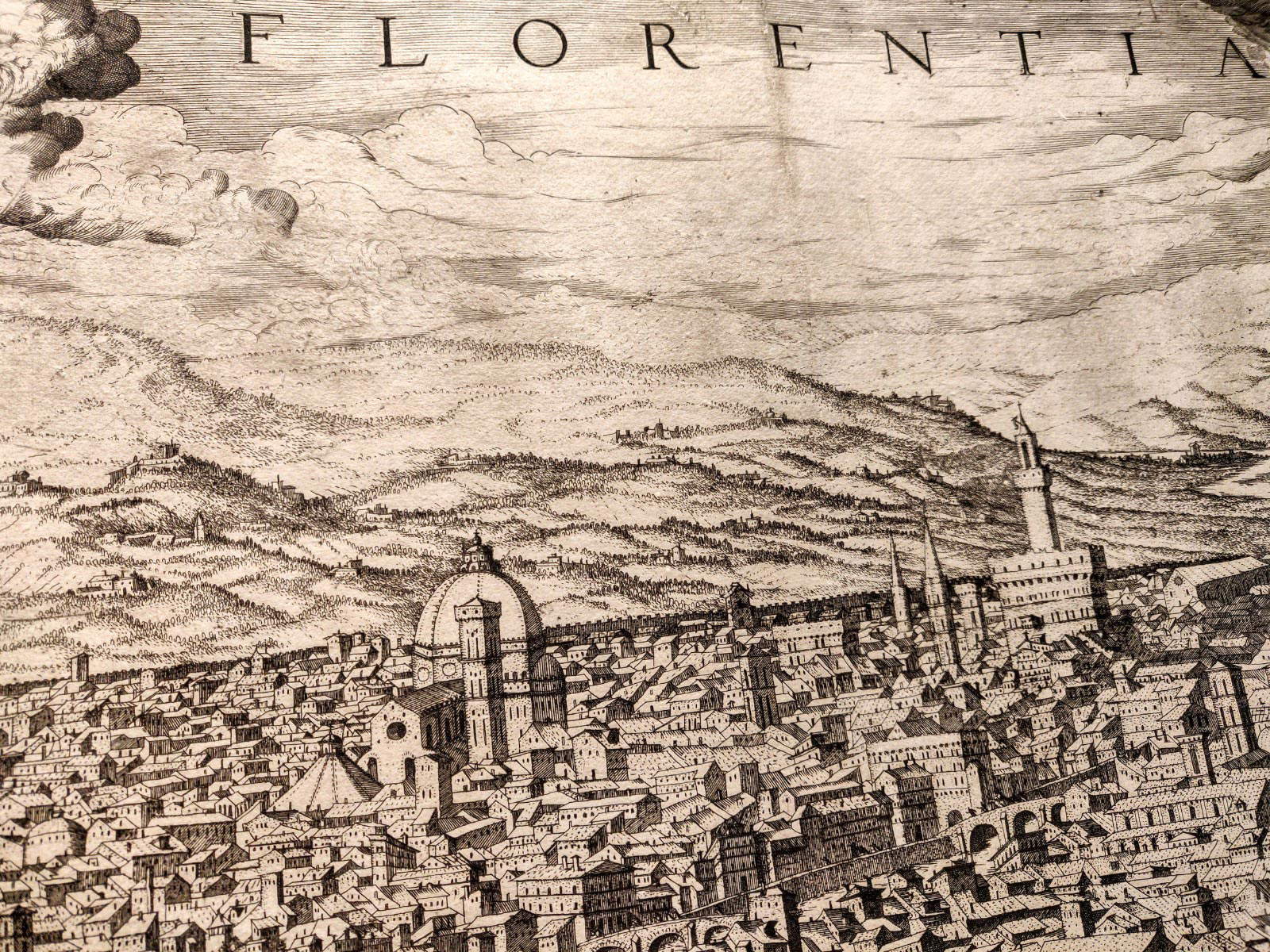 |
| Palazzo Vecchio and the dome of the Duomo |
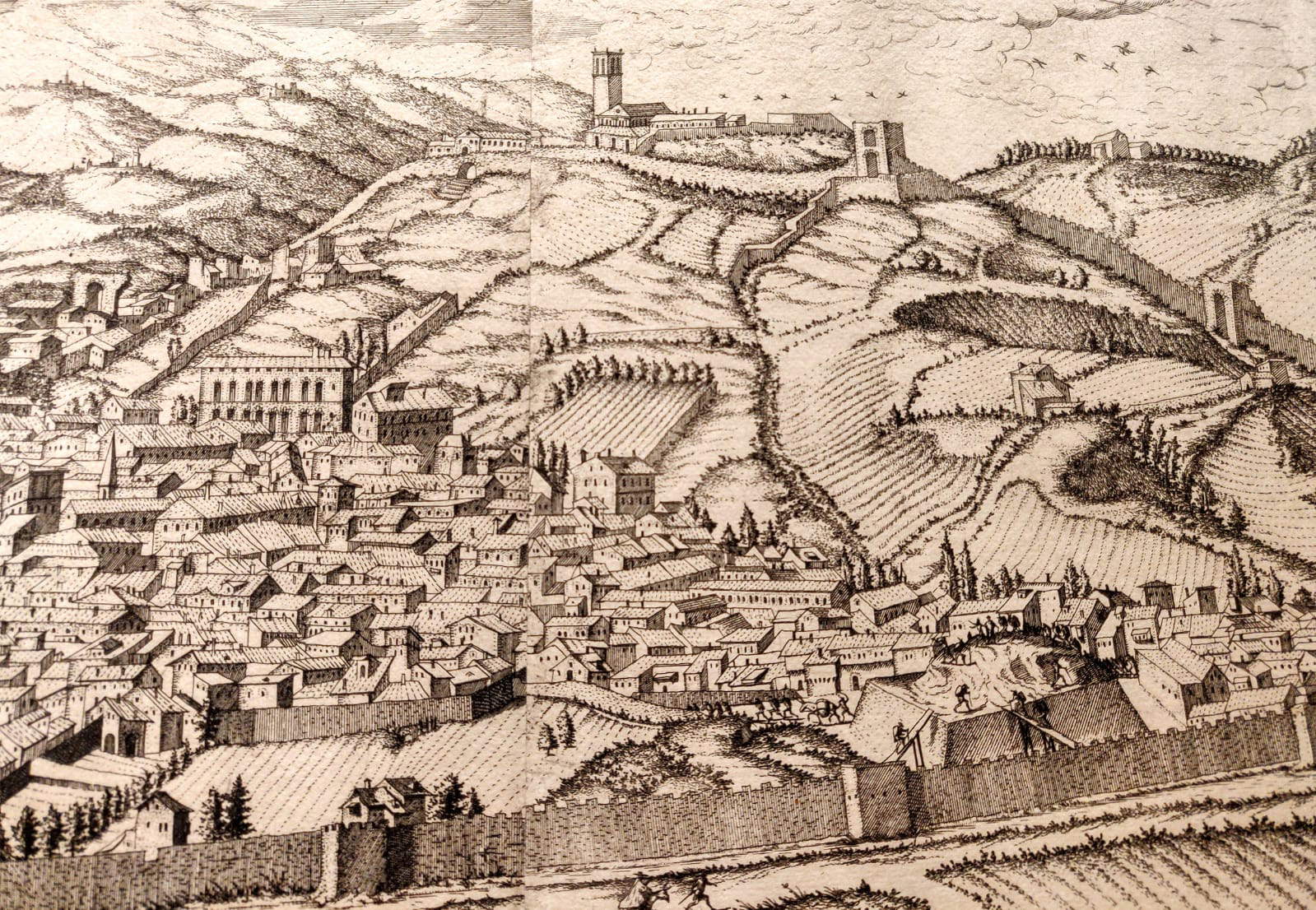 |
| Pitti Palace and Boboli Gardens |
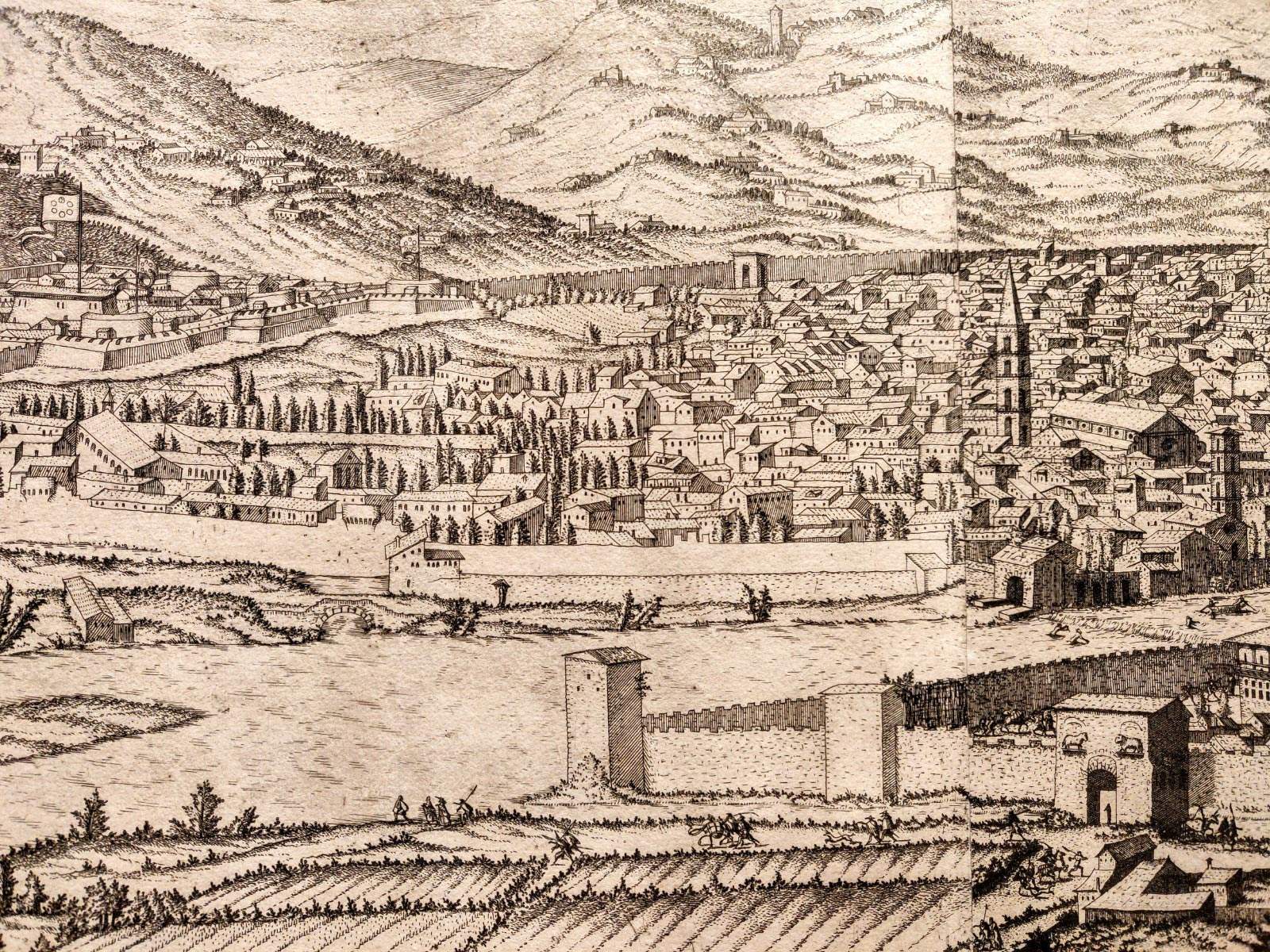 |
| The Fortezza da Basso and the basilica of Santa Maria Novella |
 |
| This is what Florence looked like in the Renaissance: the Uffizi acquires an extremely rare view of the city from 1557 |
Warning: the translation into English of the original Italian article was created using automatic tools. We undertake to review all articles, but we do not guarantee the total absence of inaccuracies in the translation due to the program. You can find the original by clicking on the ITA button. If you find any mistake,please contact us.